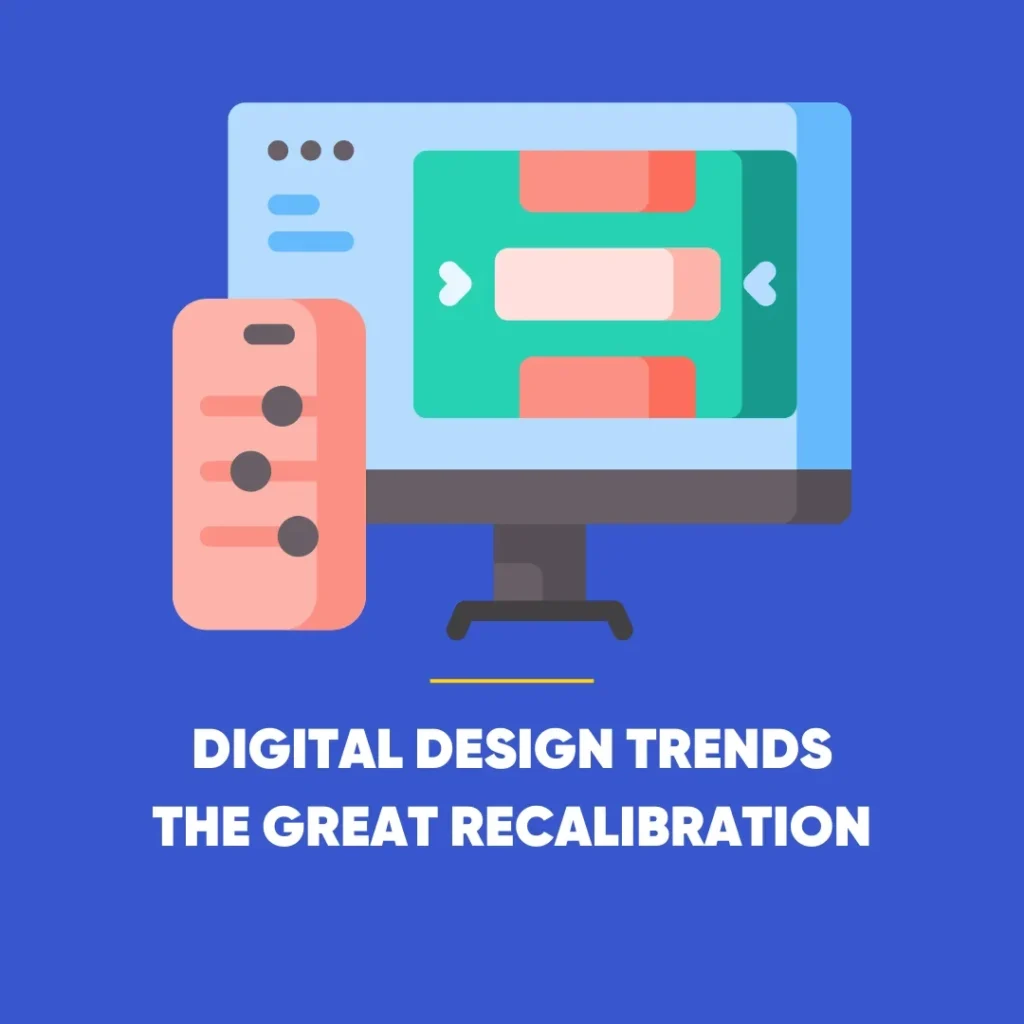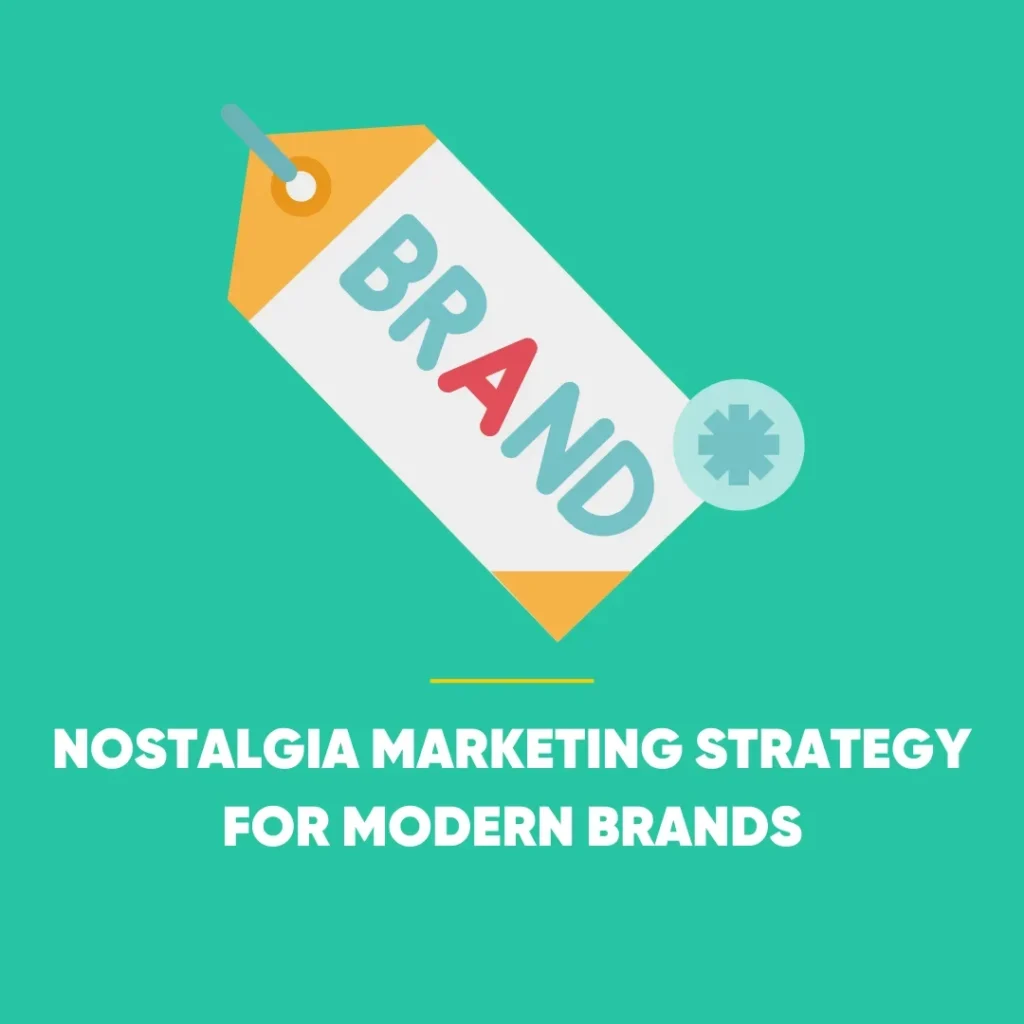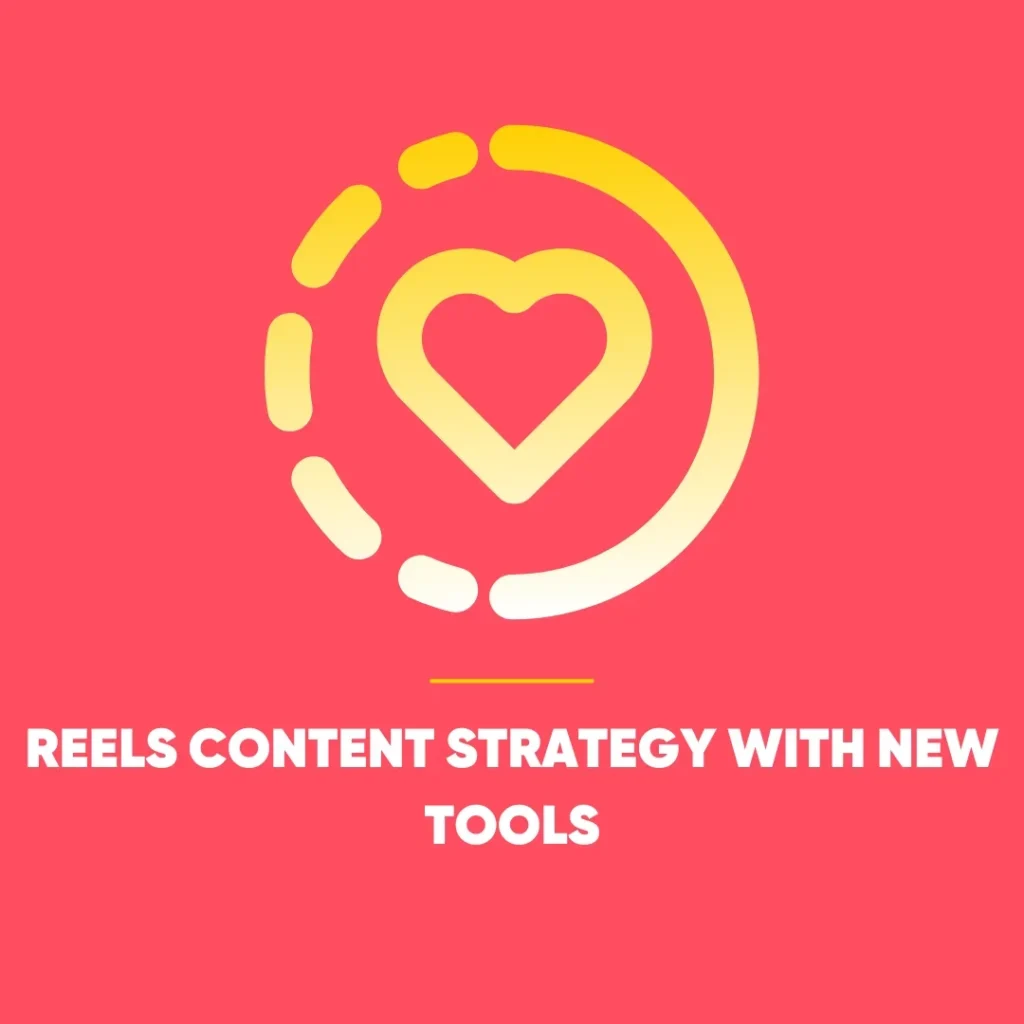CLS Web Design: Why Designers Must Take It Seriously
What if your CLS web design choices are the hidden reason your sleek, pixel-perfect layout ruins user experience? If elements shift as users scroll, it’s not a stylish flourish – it’s a design flaw. In today’s web landscape, layout stability is no longer a back-end concern. It’s a crucial part of user experience (UX), and designers are more responsible than ever.
Welcome to the world of Cumulative Layout Shift (CLS) – a metric that measures how much a page’s layout unexpectedly moves while it’s loading. And it’s quickly becoming one of the most important indicators of web quality.
From Developer Problem to Design Priority: CLS Web Design
There was a time when page speed and performance lived solely in the realm of developers – tweaking bundles, compressing code, and monitoring load times. Designers focused on visuals: typography, imagery, grids. The two worlds rarely collided.
But in 2025, the lines have blurred. Google’s Core Web Vitals, including CLS, now directly affect how websites rank in search results. And poor layout stability isn’t just a technical fault – it’s a design failure.
If a user taps a button and the page jumps, causing them to click something else instead, it doesn’t matter who caused the issue. The damage is done. In their eyes, the site is broken.
What Exactly Is CLS?
 Cumulative Layout Shift is a performance metric that measures how much visible content moves on the screen without user interaction. For example, if a banner loads late and shoves everything down the page, that movement counts against your CLS score.
Cumulative Layout Shift is a performance metric that measures how much visible content moves on the screen without user interaction. For example, if a banner loads late and shoves everything down the page, that movement counts against your CLS score.
The consequences? Misclicks. Frustrated users. High bounce rates. And worst of all – lost trust.
CLS isn’t just another SEO box to tick. It directly affects how smooth and stable your website feels, especially during the first few seconds of interaction. And the more unpredictable the layout, the more it alienates users.
The Real Culprits: Common Design Choices
The irony is that many layout shifts stem from poor CLS web design decisions – not from bad code. Let’s examine a few ways designers unintentionally sabotage the user experience.
1. Missing Image Placeholders
Responsive hero images are often designed beautifully – but without reserving space for the image while it loads. The result? A sudden downward lurch as the visual finally appears, disrupting everything below it.
2. Fonts That Arrive Late
That elegant typeface might look refined, but if it loads after the initial render, it can shift every heading and block of text. Without a fallback strategy or font preload, even text can become a source of chaos.
3. Ignoring Pop-Ups and Banners
Whether it’s a cookie notice, newsletter pop-up, or GDPR banner, these elements are often added post-render. If designers don’t account for them in the layout, they cause content to shift unexpectedly, jarring the user.
4. Embeds and Widgets With Undefined Heights
In CLS web design, YouTube videos, ad spaces, and social feeds often load poorly when designers overlook proper embed planning. When their dimensions aren’t pre-defined, they push other elements out of place when they finally appear.
5. Sticky Navigation and Floating CTAs
Sticky headers and fixed buttons often show up a few seconds after page load. If space hasn’t been reserved for them, they nudge content downwards, making for a disorienting experience.
“But It Works on My Device…”
 Designers often test their creations on fast machines and high-speed connections. On a MacBook Pro with fibre internet, everything looks seamless. But that’s not the real world.
Designers often test their creations on fast machines and high-speed connections. On a MacBook Pro with fibre internet, everything looks seamless. But that’s not the real world.
Users access the web through an unpredictable mix of devices, screen sizes, and network conditions. A layout that feels smooth in a controlled environment can become an unstable mess on a budget Android phone with patchy 3G.
This isn’t about aesthetics. It’s about resilience.
Mobile: Where CLS Hits Hardest
Layout instability is particularly unforgiving on mobile. Screen sizes are small, interactions happen faster, and users are more likely to tap before everything has fully loaded.
A slight shift can lead to accidental clicks, especially with thumb-driven navigation. The result? Misfires, accidental purchases, and abrupt exits from the site. It’s not just annoying – it’s a UX disaster.
On a desktop, a layout shift might be a visual nuisance. On mobile, it breaks the experience.
CLS as a Trust Signal: CLS Web Design
A solid, stable layout feels dependable. When users interact with a website and everything stays in place, they feel a sense of control. A low CLS score shows the site is polished, thoroughly tested, and professionally built.
Conversely, high CLS scores make a site feel amateurish, unreliable, and frustrating. And in a digital world where first impressions form within seconds, this lack of trust can cost a business dearly.
Designing for Stability: Where to Start
Design systems in 2025 must go beyond responsiveness and modularity. They must be CLS-aware.
Here are some practical steps designers can take to build more stable, predictable interfaces:
Define Aspect Ratios Early
In CLS web design, always use aspect-ratio-aware containers for all media – images, videos, and embeds. Reserving space ensures smoother rendering as content loads in real time.
Build Loading States Into Mockups
Include skeleton loaders or placeholder components directly in your design files. Not only does this align expectations across design and development, it improves perceived performance and reduces layout shifts.
Plan Font Fallbacks
Specify fallback fonts with similar metrics to your primary choice. This reduces jarring shifts when the custom font finally appears.
Design with Pop-Ups in Mind
If your site includes modals, cookie banners, or notification bars, design their placement and spacing from the start. Don’t treat them as afterthoughts.
Prototype for Real Conditions
Collaborate with developers to test your designs under varied network speeds and on multiple devices. Early feedback prevents post-launch CLS disasters.
Modern Design Requires Movement Awareness: CLS Web Design
 Static mockups simply don’t reflect the modern web. Websites aren’t printed posters – they’re dynamic, asynchronous experiences. Layouts build progressively, based on device speed, content order, and third-party scripts.
Static mockups simply don’t reflect the modern web. Websites aren’t printed posters – they’re dynamic, asynchronous experiences. Layouts build progressively, based on device speed, content order, and third-party scripts.
A design that doesn’t account for these moving parts may look perfect in a screenshot, but if it crumbles on load, it fails where it matters most: in use.
Final Thought: Beauty Isn’t Just Visual – It’s Behavioural
A beautiful layout that violently jumps is more harmful than a plain layout that stays still. Because movement isn’t just animation – it’s trust, control, and experience.
Designers have more power than ever to influence how websites feel. But with that power comes responsibility. If the user’s finger misses the mark because the layout moved at the wrong moment, that’s on the design – not the code.
So next time a homepage hero looks stunning in Figma, it’s worth asking:
“Will this layout hold still when it matters?”









